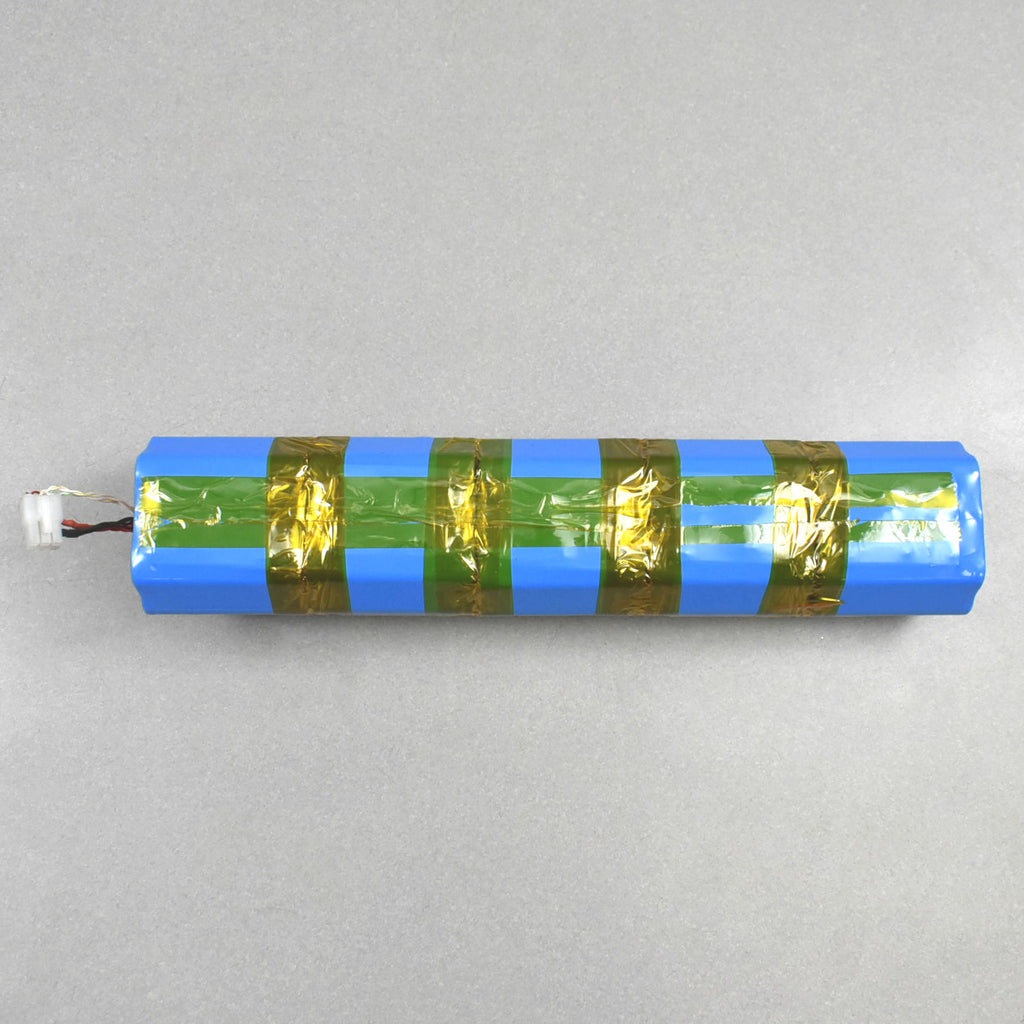I'm going to need a battery for a trip coming up. I'll be out for about 2 weeks, with a long drive every ~3 days. Power will be available at each campground, but not at each site.
I'm planning on using Mobius battery packs.
Primary demands will be one laptop for ~4 hours a day. I don't know how to determine the specific demand, if anyone can advise, if that's necessary. Also a Verizon hotspot, similar time, again unsure how to determine what it will actually draw. My wife will use her laptop a bit if she can, and we'll charge some flashlights and radios and cell phones. Those things will also be charged in the car between sites, so may not need much.
As far as a shopping list, I'm looking at some posts by @jonyjoe101 such as here and here and @RDinNHand AZ here.
I need a charger. I think I can just use a laptop charger through a generic cc/cv charger assuming I can find a barrel receiver to match my Dell output. And assuming the Dell charger isn't too smart to work.
I think I need to put a current and voltage display on the charging side, to make sure that's all working as intended. This guy seems to combine charger and screen.
On the output side, I think I need something like this 20A 300W Step Down Buck Boost Converter. I think I could probably use another one of these on the charging side, but not perfectly clear. I think I also want a display on this side.
After that, I would go to a fuse panel then to whatever output I want. I'm thinking 2 cigarette jacks for now, and just use car adapters for USB as needed, but I could build in a buck converter and put USB ports on whatever box I build.
I think I'll build the charge and load boxes separately, so I can have a pack charging somewhere while I'm using another pack somewhere else.
So, any suggestions? Wrong parts somewhere in there? Tell me I clearly don't know what I'm doing and I'll burn the house down?
I'm planning on using Mobius battery packs.
Primary demands will be one laptop for ~4 hours a day. I don't know how to determine the specific demand, if anyone can advise, if that's necessary. Also a Verizon hotspot, similar time, again unsure how to determine what it will actually draw. My wife will use her laptop a bit if she can, and we'll charge some flashlights and radios and cell phones. Those things will also be charged in the car between sites, so may not need much.
As far as a shopping list, I'm looking at some posts by @jonyjoe101 such as here and here and @RDinNHand AZ here.
I need a charger. I think I can just use a laptop charger through a generic cc/cv charger assuming I can find a barrel receiver to match my Dell output. And assuming the Dell charger isn't too smart to work.
I think I need to put a current and voltage display on the charging side, to make sure that's all working as intended. This guy seems to combine charger and screen.
On the output side, I think I need something like this 20A 300W Step Down Buck Boost Converter. I think I could probably use another one of these on the charging side, but not perfectly clear. I think I also want a display on this side.
After that, I would go to a fuse panel then to whatever output I want. I'm thinking 2 cigarette jacks for now, and just use car adapters for USB as needed, but I could build in a buck converter and put USB ports on whatever box I build.
I think I'll build the charge and load boxes separately, so I can have a pack charging somewhere while I'm using another pack somewhere else.
So, any suggestions? Wrong parts somewhere in there? Tell me I clearly don't know what I'm doing and I'll burn the house down?



